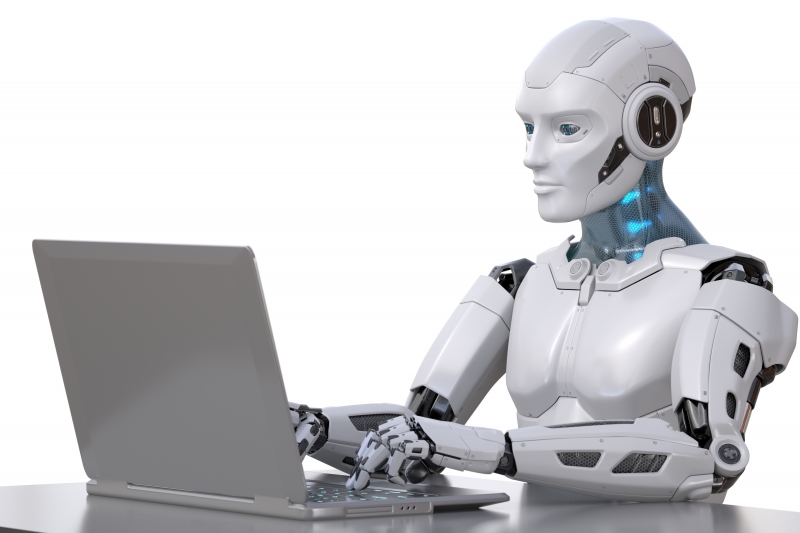
Posted on: Jun 10, 2020
Social distancing is keeping people safe and doing exactly what the label says – creating distance. The long-term effects of this will take months to know. Leaders who act now based on understanding some fundamentals of group dynamics will have an advantage over those who wait for a published study on what to do next. For example, one such fundamental of group work that is negatively affected by social distancing is the balancing of the social dimension of relationships to people’s ability to accomplish tasks. But there is something you can do to help this.
Put briefly, people are not robots. People work together better who know each other personally. The fastest way to get a team formed is to first work on this social component and then move to task work. Meaningful human connection is not accomplished by team gimmicks or simple ice-breakers. It takes time for people to learn about each other, trust each other, and build a working relationship. Once you build a relationship, you can spend less time on it, BUT you cannot neglect it. Whether you are building a new work relationship or maintaining one, social distancing is probably degrading the quality of your connections. Group video meetings, task focused meetings, or only communicating by project software dashboards or email does not nurture personal connection. The new work reality is anti-one-on-one time, shoot the breeze, linger at the water cooler, just catch-up time.
One-on-one time is personal. In private conversations people share concerns, anxieties, jokes, personal life information, and other things that they may not share in group or drive-by task formats. How likely is it that a colleague will tell you on a Zoom call “My dog died on Saturday”, or “I went out shopping and got really bummed because the store shelves are looking bare and my kids are driving me insane,” or “I really don’t want to work remote or do one more video call.” One-on-one time gives an outlet for complaining which relieves stress and gives you useful information about your employees. During personal time, people will tell you how they really feel and what they think. Such confidences are less likely to happen in group settings. Spontaneous communication is irreplaceable to leaders who want to stay in touch with their people.
One-on-one contact is easy when you are in the same physical space, but it takes time and intentional effort when you are not. You may need to have fewer group calls and make more phone calls that have no agenda so that personal conversations will not be a casualty of social distancing. Keep one-on-one time alive for your own health, as well as the work health of your organization. Paying attention to the fundamental of balancing social and task work will improve effectiveness and create a better workplace.
The American Psychological Association predicts that I/O psychologists will have an important role in helping businesses navigate the post-pandemic climate. What other fundamentals may be suffering? Might the COVID-19 craziness also afford opportunities to reinvent your business? These are great questions to ask in your one-on-one meetings.